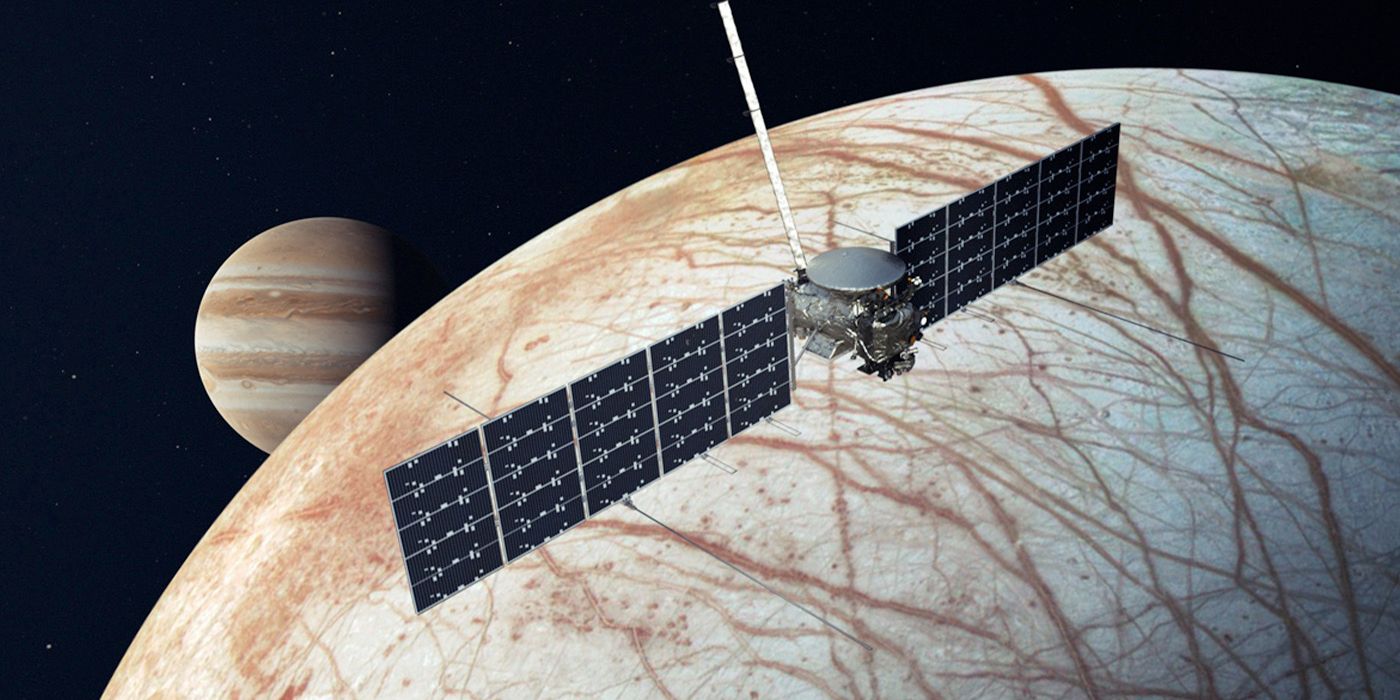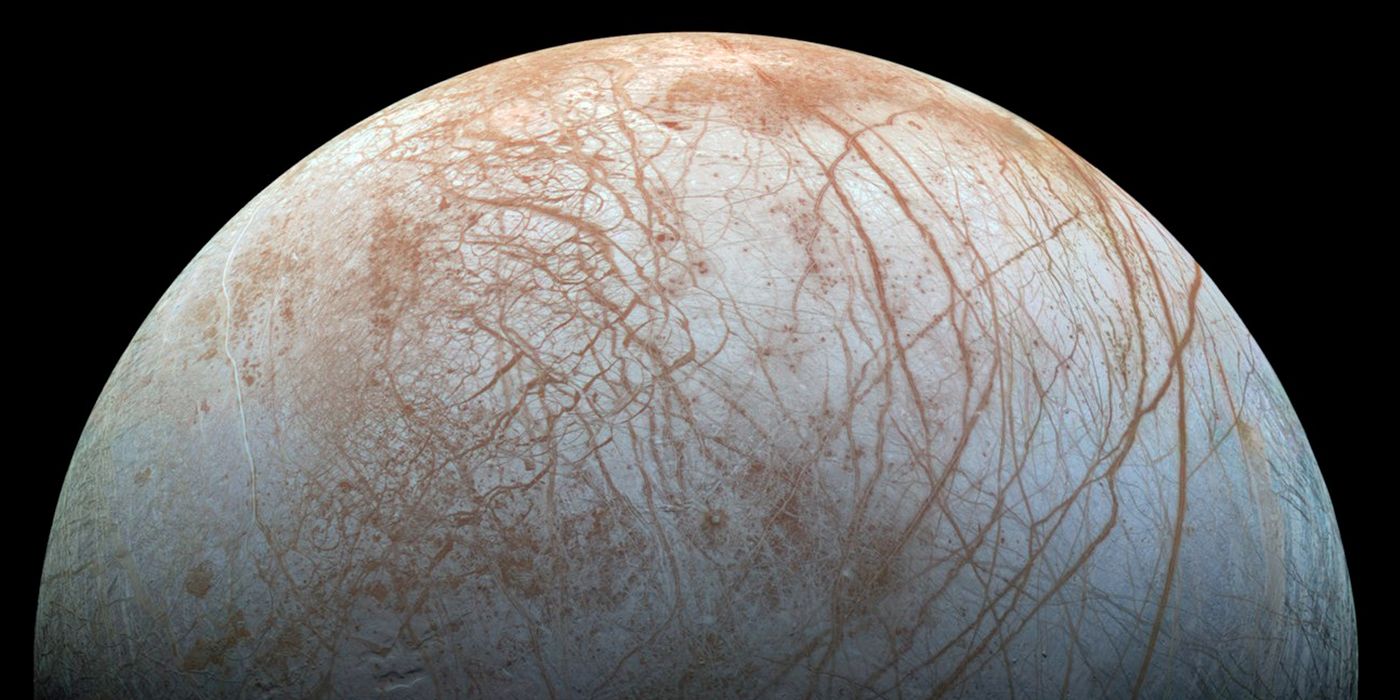NASA has announced plans to explore Europa in 2024, and to make the mission possible, it's working with Elon Musk's SpaceX. Europa is one of 79 moons currently orbiting Jupiter. It may seem like an insignificant destination to explore, but it's attracted scientists and researchers regarding possible signs of life. While the surface of Europa is hard and icy, 10-15 miles below that lies an ocean of "salt liquid water" — possibly housing extraterrestrial life forms.
The search for life outside of Earth has been one of the constant drivers of space exploration for years. Whether it be analyzing Mars, Venus, our own Moon, or the moons of other planets, scientists want to know if life does (or did) exist away from our homeworld. Right now, NASA's Perseverance rover is patrolling Mars for possible signs of life that haven't been found before. It's unknown what results these missions will return, but NASA is determined to find answers one way or another.
While Perseverance is doing its thing on Mars, NASA is now setting its sights on Europa as the next target. The organization announced plans to explore Europa on July 23, and to do so, it's signed a contract with SpaceX. The contract sees NASA paying SpaceX around $178 million for use of its Falcon Heavy rocket and other "launch services." This follows a $2.9 billion contract NASA awarded SpaceX in May that will see SpaceX using its Starship rocket to take NASA astronauts to the surface of the Moon.
What NASA Hopes To Find On Europa
NASA is dubbing the mission as 'Europa Clipper.' As mentioned above, one of the key goals is to see if Europa is home to alien life. Per NASA's announcement for the mission, "Europa Clipper will conduct a detailed survey of Europa and use a sophisticated suite of science instruments to investigate whether the icy moon has conditions suitable for life." The Europa Clipper spacecraft that'll orbit the moon will capture high-resolution images of its surface, study the composition of Europa's many layers, search for signs of "recent or ongoing geological activity," learn the actual depth and salinity of the ocean below Europa's surface, and more. NASA says the Europa Clipper spacecraft will "swoop around Jupiter on an elliptical path, dipping close to the moon on each flyby to collect data."
The Europa Clipper mission is scheduled to launch in October 2024 from the Kennedy Space Center in Florida. It'll be the first mission from Earth to Europa, and if all goes according to plan, scientists should have the best understanding of the icy moon to date. Some people might still see the mission as insignificant, but the potential of its discoveries is insurmountable. As noted by Robert Pappalardo, one of the Project Scientists for Europa Clipper, "If there is life in Europa, it almost certainly was completely independent from the origin of life on Earth... that would mean the origin of life must be pretty easy throughout the galaxy and beyond."
Source: NASA


